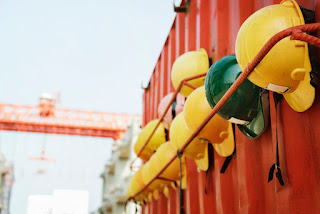Global International General Trading & Contracting Co. W.L.L is one of the foremost Business Organization established in the year 1993 in the state of Kuwait, with a wide range of interest in commercial business,contracting, & Fabrication works primarily catering to Oil & Gas, Power and various industrial & infrastructural Projects in Kuwait as well as in the Middle East.
The Trading activities include Distribution, Dealership, Design, Installation, and Supply of Oilfield & Industrial Consumables, Engineering Construction Materials to various Industries in Kuwait such as Refineries, Oil Drilling Rigs, Power Generation Sector, Water Desalination Plants, Crude Oil gathering Facilities, Petrochemical Industry, etc.
To meet consumer demands and maintaining competitive pricing through the utilization of an experienced sales and merchandising team and sustaining our reputation as a reliable customer-oriented and dynamic player in the market thereby achieving profitable growth and operational excellence.
To be a globally recognized company and a leading regional distributor across all trade channels in the market and to keep our name synonymous with reliability and customer satisfaction.
One-Stop-Shop
We are a one-stop-shop for mechanical, electrical, instrumentation & safety products and services to different industries all over the world, for over two decades.
Commitment to Quality
Our commitment to quality and excellence along with our outstanding customer support has been the foundation on which Global International is built.
Customer Satisfaction
We specialize in providing value-added services to our clientele thereby exceeding customer expectations and this has helped us in being the most the preferred supplier in the market.
for more details: https://www.globalintl.com/







